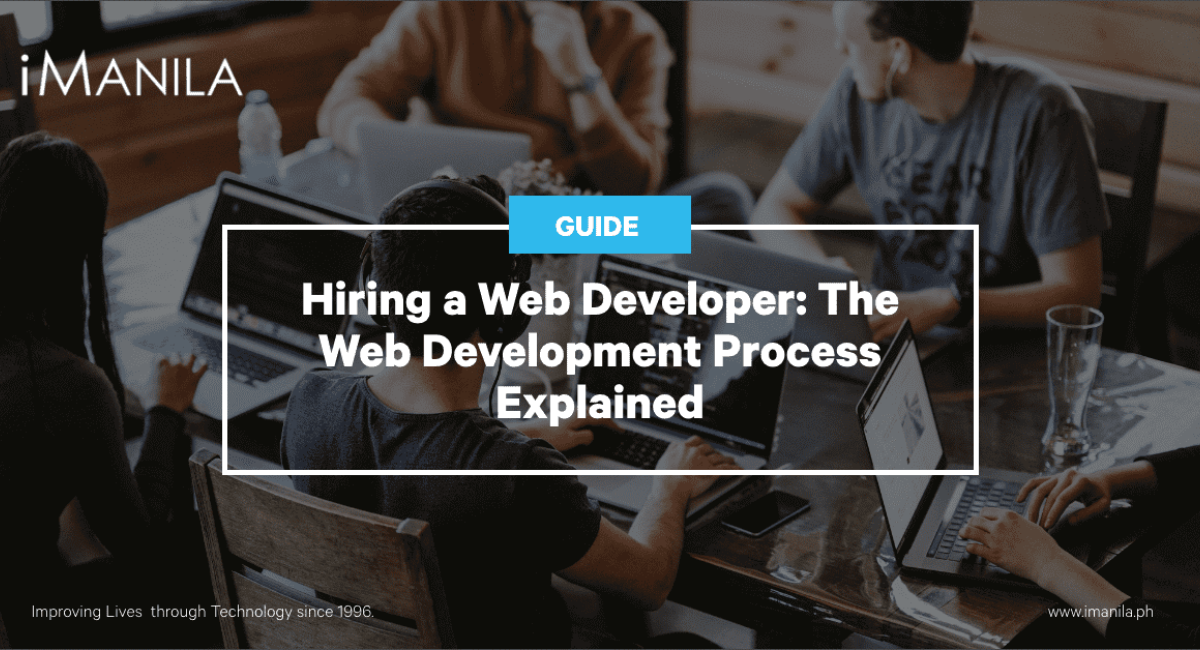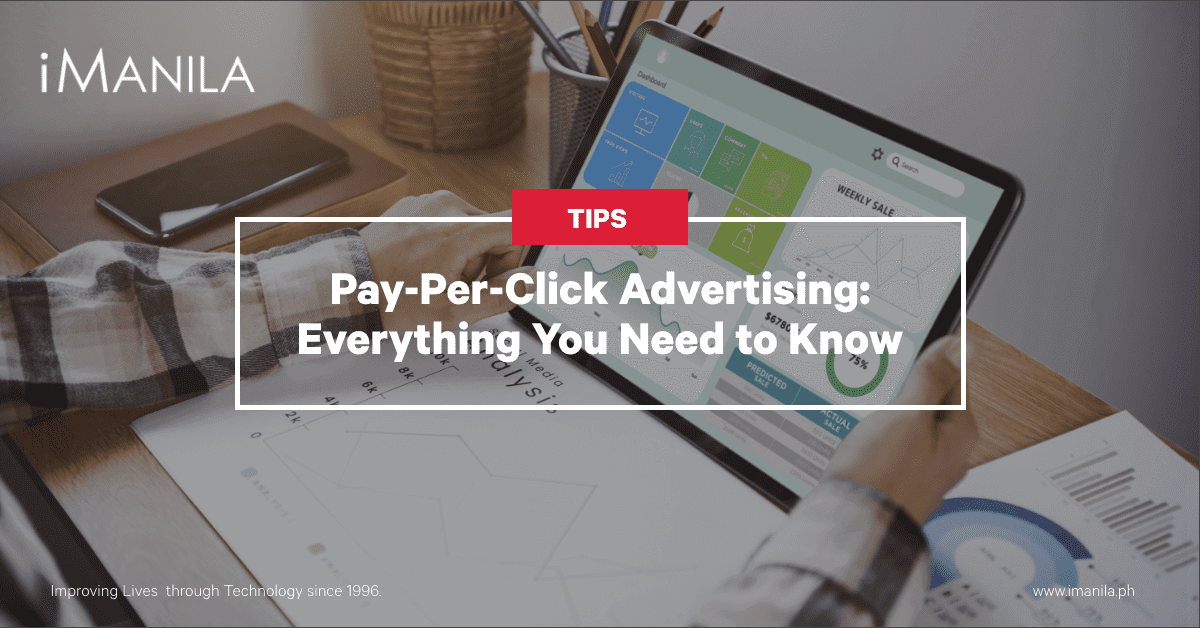Why do we need a website developer? What do they do? Such technologies as HTML, CSS, and JavaScript define the way we interact with the websites we see online. But what remains the crucial or sensitive part of a website development life cycle are the stages of information gathering, planning, and post-launching.
In this blog we will discover how the general website development process may look like. Here are seven important steps in the process of developing a website:
- Information Gathering
- Planning
- Design
- Content Writing and Assembly
- Coding
- Testing, Review & Launch
- Maintenance
Step 1. Gather Details & Information: Purpose, Main Goals, and Target Audience
This is the stage of discovering and researching, and finding out what the steps will look like. The most important task at this point is to understand your future website’s objective and target audience in order to understand what kind of website you will need to build in the first place.
Step 2. Plan: Sitemap Creation
At this second stage of the business website development cycle, the website developer creates data that allows a user to see and judge how the whole website will look like.
From the information that was gathered together in the first phase, the sitemap is created.
The sitemap should show the relations between the main areas of your business website. It must show you the “relationship” between the different pages of a website, so you can judge how easy it will be for the end-user to find the required information.
Step 3. Design/Layout: Review and Approval
In this third stage, you’ll be able to see your business website slowly come to life. All visual content – photos and videos – are created. This is when you’ll first be able to see what your website could look like – applying your business’ branding colors and guidelines. During this stage, take note to always keep your target audience in mind imagining what they will think once you see your website for the first time.
Step 4. Content Writing
Content writing should not be underestimated. In this fourth step, it is important to put in writing everything you would like to communicate to the end users of your business website. Take note to add call-to-action action buttons clearly indicating what you would like your end users to do once they have read your content. Don’t rush into this step. Consider the right headlines to ensure that your users immediately understand what your business is all about.
Step 5. Coding
This step will take up the longest time in the entire website development process. This fifth step – which is the most important step – is the phase in the process when a website developer essentially creates your website using a unique programming language that will allow it to be available and usable online. Be extremely patient during this step of the website development process as website coding may take some time especially if your business website requires a lot of functionalities. We recommend you hire a trusted professional to do this especially if you don’t have the coding experience or expertise yourself.
Step 6. Test, Review, and Launch
Every single link should be tested just to make sure that there are dead links or errors in any pages. Check every single form and call-to-action button. Review all content to find any possible typographical errors. Very important: Check to see for the site’s mobile responsiveness as well.
Step 7. Maintenance: Regular Updating
A website is more of a service. It’s not enough to just deliver a business website to a business owner. You should also consider that every detail or element always works right. Most importantly, always be prepared to update any and all content, upgrade features and functionalities and create any changes as your business evolves and grows.
Bear in mind that website development doesn’t start with just coding and doesn’t end after the day you finally launch or complete your business website. Owning a business website is a continuous process of updating, upgrading and maintaining. Ensure that you are either familiar with how your website works or you have someone on call to help ensure that it’s perfectly secure and efficient for your target audiences.
With 26 years of experience in the industry and an IT company at its core, iManila, having been one of the first Internet Service Providers in the Philippines, is committed to providing our clients with innovative online marketing services in the Philippines. iManila is a full-service business web development company and digital marketing agency in the Philippines ready to help you with your web design and development, website update and maintenance, web hosting, email hosting, technical support, and digital marketing services needs.
Work together with top advertising companies in the Philippines like iManila and make your brand goals become reality. Talk to us!


